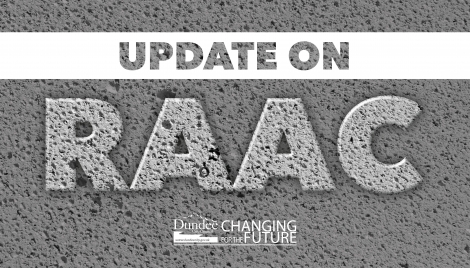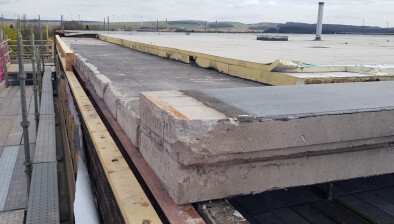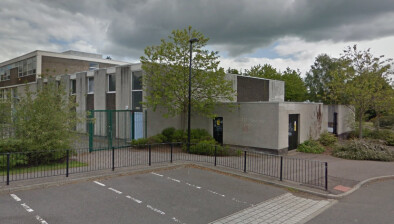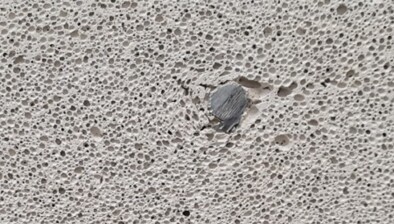‘No immediate risk’ posed as RAAC found in 800 Dundee homes

Almost all of the 800 homes across Dundee where recent inspections have found Reinforced Autoclaved Aerated Concrete (RAAC) are not an immediate safety risk, the local authority has revealed.
Councillors will be told next week that initial research into the age and building style of the city’s housing stock, followed up by expert structural inspection, has concluded that most will be subject to further regular detailed inspections to monitor their condition.
However, in four properties RAAC is affecting the roofs, two of which will be partially replaced, with tenders to be invited for the work as soon as possible, while the other two are being assessed to determine what work is needed.
Mark Flynn, convener of the neighbourhood regeneration, housing and estate management committee said: “When it became clear that there was an issue with this type of building material elsewhere in the country, the council acted quickly to scope out the extent of its use here.
“Having carried out that detailed exercise we now have a plan in place to deal with what has been found on a priority basis.”
Letters to owners, tenants in cottages or fully tenanted blocks of flats and tenants and owners in mixed-tenure blocks of flats are being sent out to update them on the situation.
Work to design, procure and tender repairs involving council properties is ongoing and will be brought to a future committee.
In fully tenanted properties, the costs will be met by the council, while in mixed tenure blocks, the council will be entitled to recharge owners for their share of the costs. These costs have yet to be determined.
The council owns around 12,500 homes throughout the city, and more than 300 inspections found RAAC in 81 blocks of flats and 293 cottages in council wards including Lochee, North East and East End.
Of these, 79 blocks of flats have council tenants or are mixed-tenure, and 172 cottages have council tenants. Within the 79 blocks, 354 flats are rented by council tenants and 218 are privately owned. The remaining two blocks of flats and 121 cottages are privately owned.
At more than 200 properties in private ownership or where there are no council tenants in a block, the council has no ongoing maintenance responsibilities and no liability towards owners who bought their former council properties under the ‘Right to Buy’ scheme, or from any subsequent owners.
These property owners are being notified of the council’s findings and advised to urgently seek independent structural advice on the presence and condition of the RAAC at their property before undertaking any necessary action.
The neighbourhood regeneration, housing and estate management committee meets on May 13.














